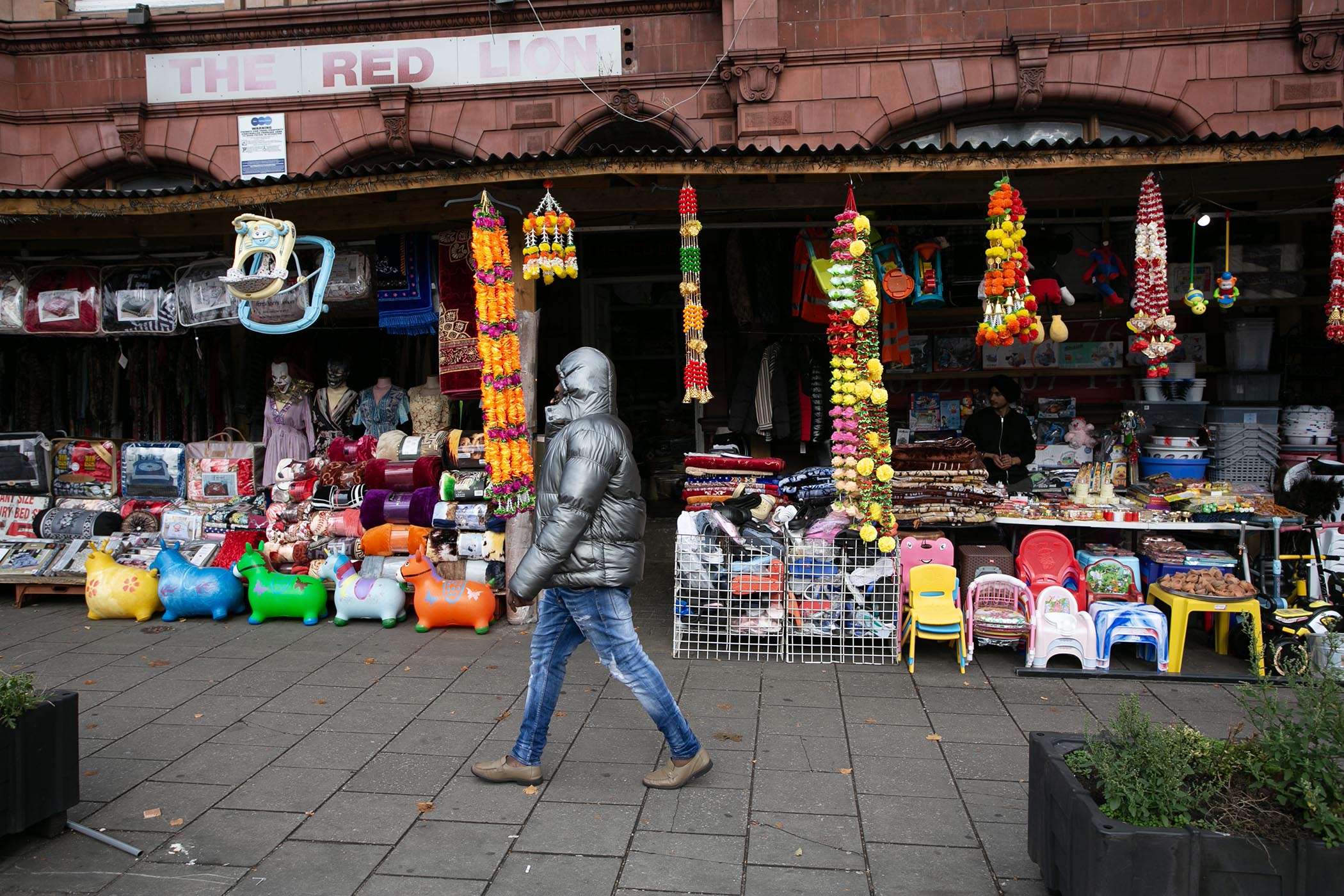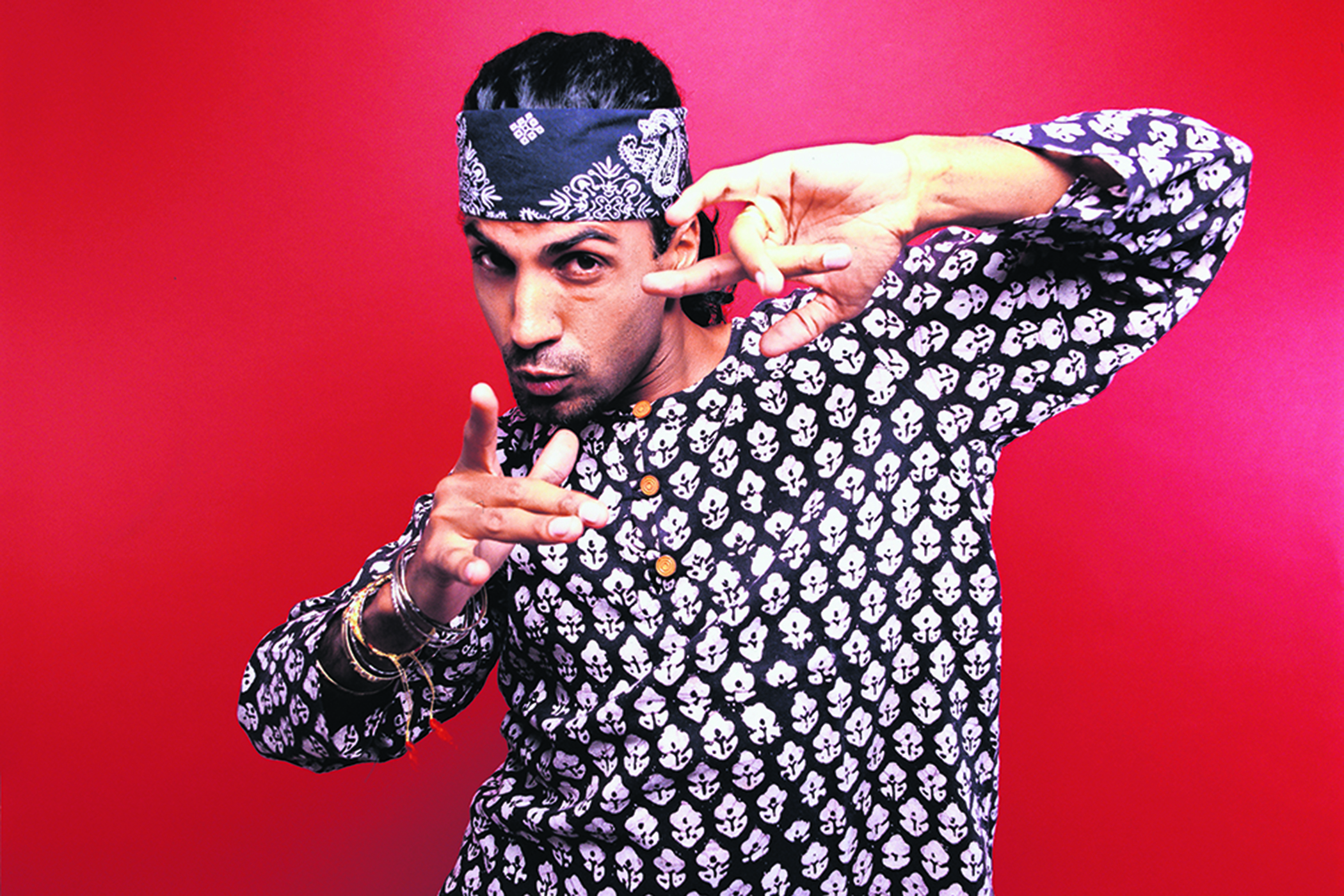Thirty years ago, the Birmingham-born musician Steven Kapur – better known by his stage name, Apache Indian – released his second album, Make Way for the Indian. Like his first record, which was shortlisted for the 1993 Mercury prize, the album was a pioneering mix of Kapur’s key musical influences: Jamaican reggae, dancehall and traditional Indian bhangra.
Such was Kapur’s success, both in Britain and around the world, that a new musical term was coined to capture the hybrid genre he had invented. The era of “bhangragga” was born.
Kapur had grown up in Handsworth, the inner-city area of Birmingham that, it transpired this week, the shadow justice secretary Robert Jenrick had briefly visited in March and subsequently described as “one of the worst integrated places I’ve ever been to”.
In the 90 minutes he spent filming in the area, Jenrick told a local Conservative Association audience, “I didn’t see another white face”.
The unspoken assumption behind Jenrick’s comments was that because the faces he did see in Handsworth were not white, they must necessarily have been foreign. To be properly British, so this thinking goes, you must be white.
The assumption behind Jenrick’s comments was that because the faces he did see were not white, they must have been foreign
The ignorance of such a view is obvious. Apart from anything else, most people living in areas like Handsworth were born in Britain. There are migrants, of course, but most are British, having migrated on UK passports from countries previously colonised by Britain.
Jenrick’s comments also expose a much bigger, decades-old issue to do with how we talk about diversity and multiculturalism in this country.
Too often, the subject is seen in polarised terms. White people are placed on one side of the equation, while everyone else are lumped together on the other.
For Britain to be “properly integrated” rather than “ghettoised”, as Jenrick put it, white and non-white people are apparently required to live side-by-side everywhere, at all times – except, of course, when one encounters homogenously white communities, which for some reason is never highlighted by politicians as a cause for concern.
One problem with this narrative is that it misses the diversity within non-white, ethnic minority communities – the very diversity that made possible the pioneering approach taken by artists like Kapur.
The genius of Kapur was to have the audacity to see what would happen if he took the two genres of music he had grown up listening to – the bhangra enjoyed by his Indian parents at home, and the reggae music he and his friends listened to in Birmingham’s nightclubs – and mix them in one gigantic mash-up.
Kapur began to grow his hair into dreadlocks, mimicking reggae musicians such as Bob Marley. He performed in a mixture of Jamaican patois and English, with a generous helping of Punjabi. He sampled soundtracks from Bollywood movies and mixed them up with heavy reggae basslines and traditional Indian instruments like the tabla drum.
The result was a sensation. Boom Shack-A-Lak, the lead single from Kapur’s second album, remains one of the biggest-selling British reggae songs of all time.
Kapur’s music is the perfect example of the kind of integration Jenrick claims he wants to see in Britain. In fact, it’s hard to think of another country in which it could be possible. The only catch is that whiteness does not feature very prominently in the story.
This brings us to the second big problem with the debate about diversity and multiculturalism in Britain. To paraphrase Jenrick, where are the white people?
In my recent book on the history of multicultural Britain, I make the case for an expanded definition of multiculturalism – one that takes into account the significant diversity of white communities as well as non-white.

Take my own biography as a case in point.
I went to school in Balsall Heath, an inner-city area of Birmingham on the other side of town from Handsworth, which has a similar demographic. At primary school in the 1990s, I was one of a handful of white kids; most of my friends’ parents came from Pakistan, India, the Caribbean and elsewhere.
This has been a nightmare scenario for a long line of politicians, from Oswald Mosley and Enoch Powell in the 1930s and 60s, to Nigel Farage and Jenrick today.
Yet my experience was very far from being a nightmare. In fact, the opposite was true. My schooling in Balsall Heath was foundational; it helped define the way I have come to see the world.
Balsall Heath was where I enjoyed my first kiss, with a girl whose parents were from Yemen. My best friend’s parents were from Pakistan. In this environment, we grew up treating diversity and difference as ordinary, even banal. Certainly, it was not something that ever warranted the hysteria that has characterised the many discussions around integration and multiculturalism since Jenrick’s comments about Handsworth surfaced.
Migration also features in my own family history. My maternal grandmother and her family moved to Britain from Germany in 1926. My great-grandparents migrated to Britain from Ireland in the 1910s.
The latter, in particular, will be true for many people reading this article. The Irish were consistently the largest immigrant group in Britain in the 20th century, in Birmingham and across the country.
Just like people who have family ties to Malta, Greece, Eastern Europe or elsewhere, white people who, like me, are of migrant descent are also part of the remarkable story of the making of multicultural Britain.
For far too long, the national debate on diversity has been stuck in an extended doom loop. Politicians on all sides continue to ventriloquise ideas and language that, once upon a time, were the primary domain of the extreme right and neo-Nazis.
To break the cycle, and as ethnic diversity continues to grow across the country, the time has come for a national reckoning.
What it means to be British is not, despite what Keir Starmer may think, captured by the juvenile act of waving a flag. Rather, as the authors of a long-forgotten Commission on the Future of Multi-Ethnic Britain recognised 25 years ago, it has always been an evolving concept.
Embracing the everyday diversity that made Steven Kapur’s bhangragga possible, and recognising the extent to which we all have a stake in the diversity of modern Britain, is our best chance of escaping the poisonous, perilous nature of our current moment.
Kieran Connell is a historian at Queen’s University Belfast. His most recent book, Multicultural Britain: A People’s History (2024), has been shortlisted for the Wolfson History Prize
Photographs by Des Willie/Redferns/Getty Images; Richard Saker/The Observer
